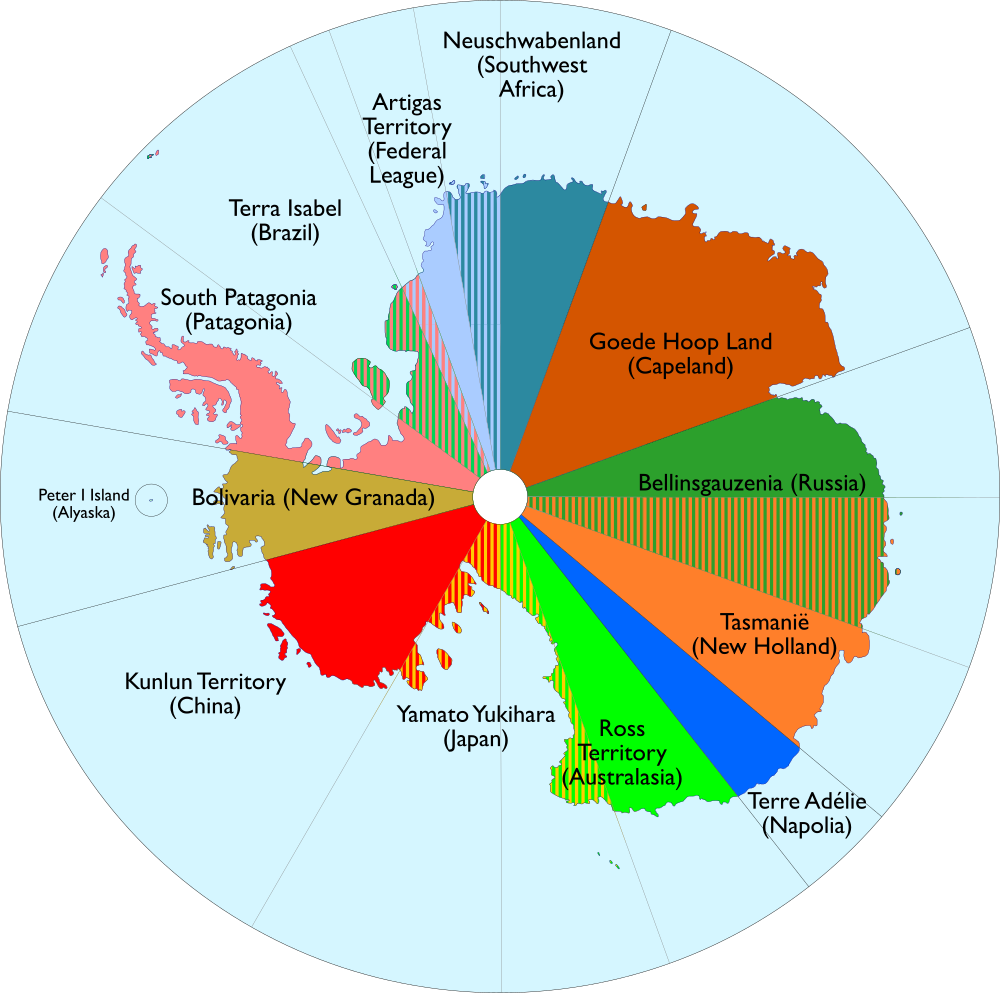The Tejan and Aztlan Revolutions of 2089-2091
Ok, so if it wasn't clear, this is supposed to be a reverse from the Texas Revolution of 1835-36. I placed it deep into the future mostly to avoid any sort of controversy. I want to avoid all racist undertones that there may be in this kind of settings, since I just thought this would be an interesting idea.
So, it's clear by the way things turn out that the balance of power in this world is quite different from our own. I imagine the internal problems of the US must go much beyond this particular crisis; in fact, in an extended universe I imagined, this Aztlan Revolution is pointed out as the first large loss of territory of the United States of America into their complete breakdown, but that more mature historians stress was not by far the starting event of the 'Fall of the American Empire'. I envision alt-historians from this time to have the dogma that, after Katrina, the United States are unsalvagable, similar to our own dismissal of Roman ability to survive since centuries before their actual fall.
In this time, although the United States remains intact, for now, their internal problems make them much weaker than apparent from the map, while Mexico is evidently sturdier, making them able to sponsor and intervene in the Tejan and Aztlan Revolutions, which is what gives the rebels their edge over the federal government. Even so, the political developments of the country would also be interesting; I imagined that, soon after the war, and after having 'been invited to annex' the newly-freed Chicano republics, the Mexican State would reorganise into a sort-of Empire of Our Lady of Guadalupe, a social-democratic and very Catholic State, with Our Lady of Guadalupe as the honorary Head of State, and even expand southwards up to becoming the new regional hegemon, as the United States collapse under their own weight.
There's also the Navajo Question - a group that decided to join in the Revolution... for some reason. One imagines their treatment under a decaying federal authority wouldn't be the best, and that their desire to see themselves freed from their rule could amount to actually rising up alongside their Chicano neighbours. Their fate? Possibly became independent as well and later became associated with the Empire of Our Lady of Guadalupe, possibly be re-annexed, if only nominally, into a dysfunctional United States, certainly with much greater autonomy and ready to declare independence the next time a conflict emerges within the country.
Well, it's not much, but I think it's an interesting idea. Time was scant for this one, so it's not completely where I wanted it to go. Oh well, I hope people like it anyway.


